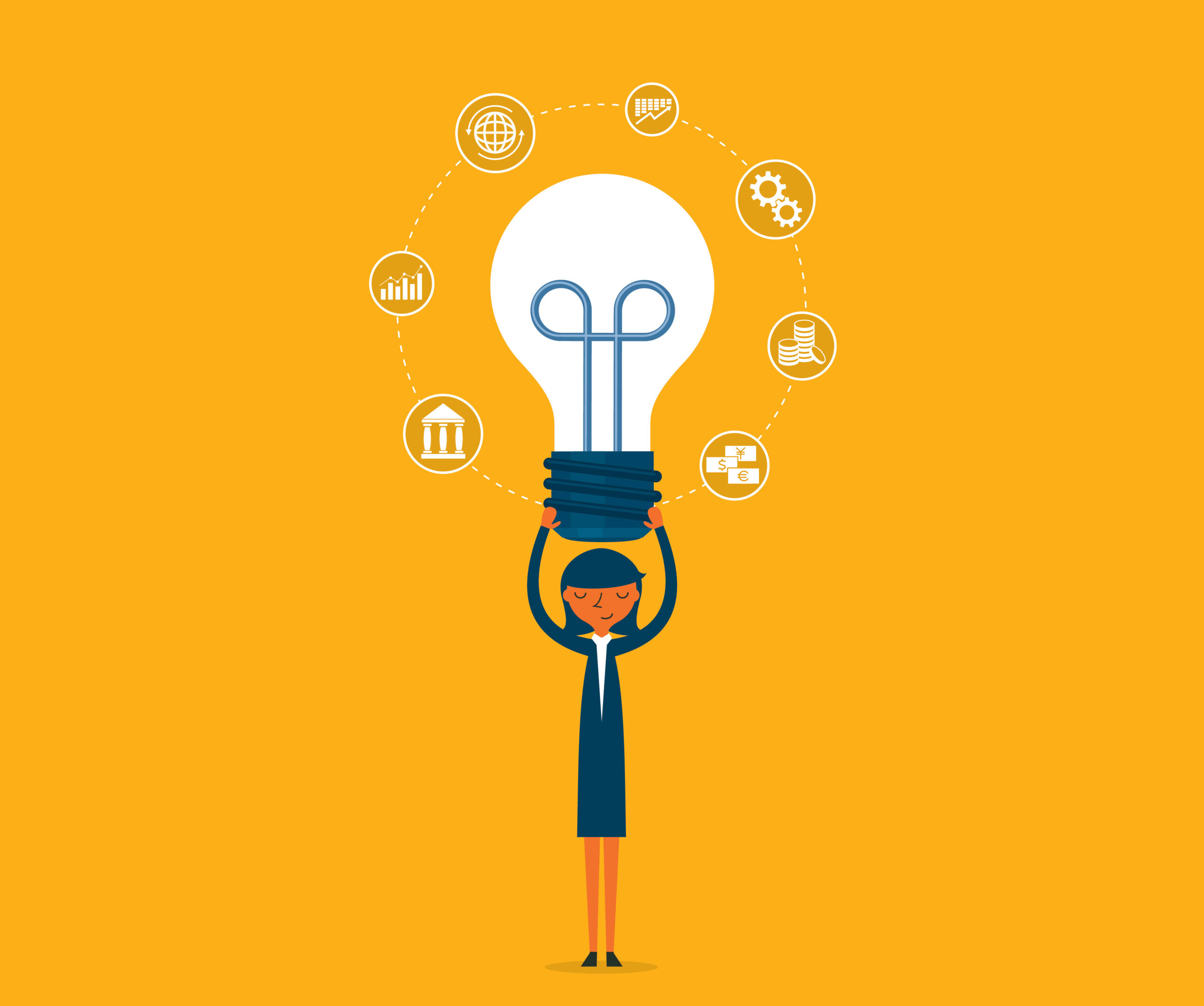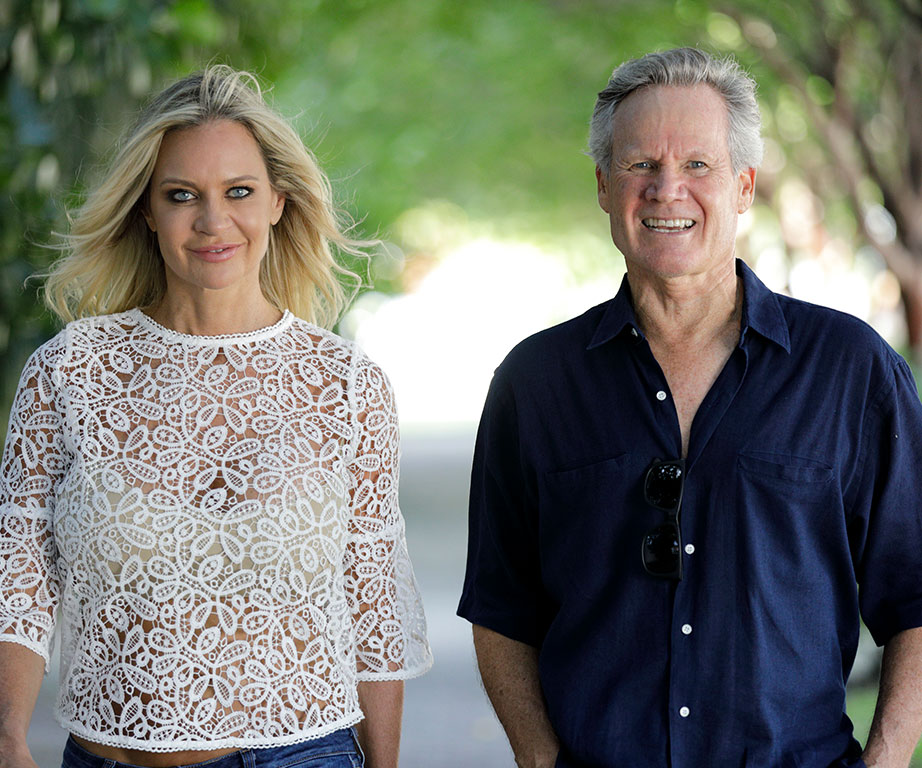
If you whip out your credit card faster than you can say “skim cap, no choc”, then you’ve probably clocked up a hefty debt.
Try these clever tricks to nail your debt and give your finances a clean bill of health.
1. Stop using all your credit cards but one
With only one card, you’re less likely to clock up more debt.
Keep it in your wallet for emergencies only and monitor your spending if you have to use it. Also review any direct debits on your cards, like subscriptions and memberships. If you don’t use them, cancel them.
“If you have a CBA credit card you can see a list of regular payments for your credit card in Netbank, the CommBank app or your most recent statement,” says Michael Baumann, Executive General Manager Consumer Finance at CommBank.
2. Watch that credit limit
Lower the credit limit on your card to an amount you can pay off easily, within three months or so, if it accrues.
Depending on how much you earn that might be a $2000 or $4000 limit. This will help you manage your spending more effectively because you can’t spend it if you don’t have it. You can do this easily via your bank’s online services and, in most cases, it’s actioned in one to two business days.
3. Consider a balance transfer
If you feel like you need some breathing space to pay off your debt, a balance transfer credit, which offers very low or no interest for a promotional period, usually six to 24 months, could be helpful. Your debt won’t magically vanish but it won’t be costing you a bomb in interest while you’re paying it off.
Shop around and pick a card that you estimate will give you enough time to pay off your debt in full. Take advantage of interest-free periods to clear your debt, but remember that any remaining debt will revert to a higher rate of interest, so use this as an incentive to pay your debt in full before the revert rate kicks in.
4. Reframe your savings
This might sound counter-intuitive because blowing your nest egg isn’t your idea of healthy finances. But if you take into account that you’re paying many times more in interest on your credit card debt than you’re making in interest on your savings accounts, it’s worth considering.
In most cases, if you’re committed to limiting credit card use in the long term, paying off your debt and then working on rebuilding your savings by cutting back on spending is a wise move.
5. Set up an automated repayment plan
Think of this like an enforced budget — you nominate a percentage of your earnings to pay off your debt via a direct deposit into your credit card account.
“Setting up a repayment plan allows you to map out a methodical approach to pay down your credit card debt. Have an end date in mind and work out what your monthly repayments should be to achieve that goal. Just remember, any new additional charges you put on your credit card will impact this repayment plan,” says Baumann.
6. Control your spending
Whether it’s chocolate or shopping, saying no can be tricky for many of us, but help is at hand.
Try a tool such as Lock, Block and Limit to help you get a grip on your spending when your willpower lets you down. It allows you to set a limit per transaction on your credit card. Then whenever you set your sights on a purchase above that limit, it’ll be declined.
It’s not all doom and gloom, though. Just think how great you’ll feel when you’re debt-free!
To help improve your financial wellbeing, please visit financiallyfitfemales.com.au. Proud partner, CommBank. Always consider your personal circumstances before acting on financial advice.


